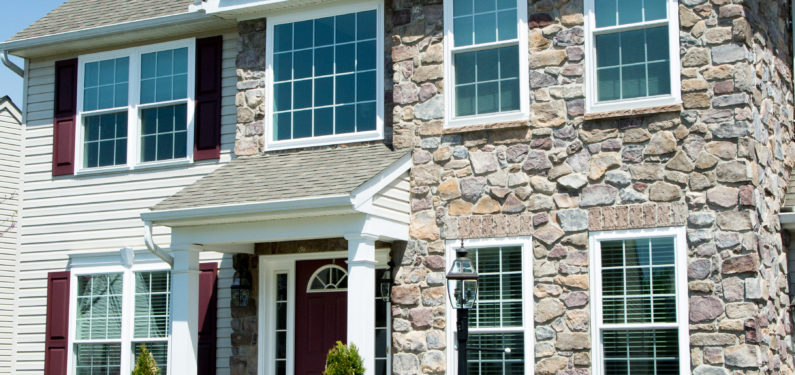
5 Types of Insulated Windows
Posted on August 13, 2020The energy efficiency of your home’s windows will directly affect your heating and cooling costs. As such, insulated windows are a good option for every home. If your home does not have them, replacement windows could be a great choice for your next home improvement project. Here are a few types of insulated windows and options to consider when you are looking for new energy-efficient windows:
1. Double- or Triple-Pane
Single-pane windows use one piece of glass placed within the window sash. Double-pane windows have two pieces of glass and triple-pane windows use three. The air between the panes offers additional insulation that single-pane windows cannot provide and makes these types of insulated windows more energy efficient.
For this reason, double- or triple-pane windows are a better choice than single-pane windows regardless of your location or climate. This is why having single-pane windows is one of the reasons to replace your windows and upgrade them.
When it comes to double-pane vs triple-pane windows, double-pane windows will perform well while triple-pane windows will perform better. That upgraded performance does come with an additional cost. Whether that’s worth it for your home and your project is a good conversation to have with your home improvement contractor. They’ll be able to walk you through the options available and help you find new windows that will be the right fit for you.
2. Tinted Glass
Tinted glass windows are available in a variety of designs and styles. Tinted glass reduces the amount of sunlight and heat that enter the home. In this way, it helps to increase the windows R-value or R-factor, which measures how well the window resists heat flow.
Depending on the style and the tint, tinted glass can reduce visibility. So, homeowners should consider that when deciding on this type of insulated window. In addition to assisting with energy efficiency, a darker tint could be a way to add privacy to your windows.
3. Low E-Coating
Low E-coating can be applied to double- or triple-pane windows to further enhance their energy efficiency. Low-E stands for “low emissivity”. Low E-coating windows have a microscopic layer of metallic material applied to the window panes that restricts the amount of ultraviolet light that enters the home. This increases the window’s R-value and also inhibits sunlight from fading carpet and furniture in the home.
4. Reflective Coating
Reflective window pane coatings are often seen on commercial buildings, but they are being used in residential home design more often as well. The reflective coating blocks UV light from entering the home.
This increases energy efficiency and can help to reduce utility costs in the summer months. Reflective window pane coatings will also add an element of privacy to the home because they make it very difficult to see into the home from the outside during daylight hours. Coatings and extra features are things that go into the cost of replacement windows.
5. Argon-Filled
Double- or triple-pane windows that are filled with argon gas will provide a higher energy efficiency rating, plus some noise reduction to help soundproof your windows. Argon is one of the most common gasses used to fill windows. The space between the window panes is sealed and the gas is injected and contained between the panes.
This increases the window’s R-value and also helps reduce condensation, which are some of the reasons why insulated windows are filled with argon gas. Argon-filled double or triple-pane windows will carry a higher price tag, but the energy efficiency gains will help to offset the additional investment.
These are just a few types of insulated windows and features to consider when you shop for new windows. Talking to a home improvement contractor about the costs and benefits of insulated windows can help ensure you get the right windows for your home.
If you have questions about replacement windows for your home, feel free to give Zephyr Thomas a call at (717) 399-4708 or make an appointment to stop by our showroom to look at some options.
